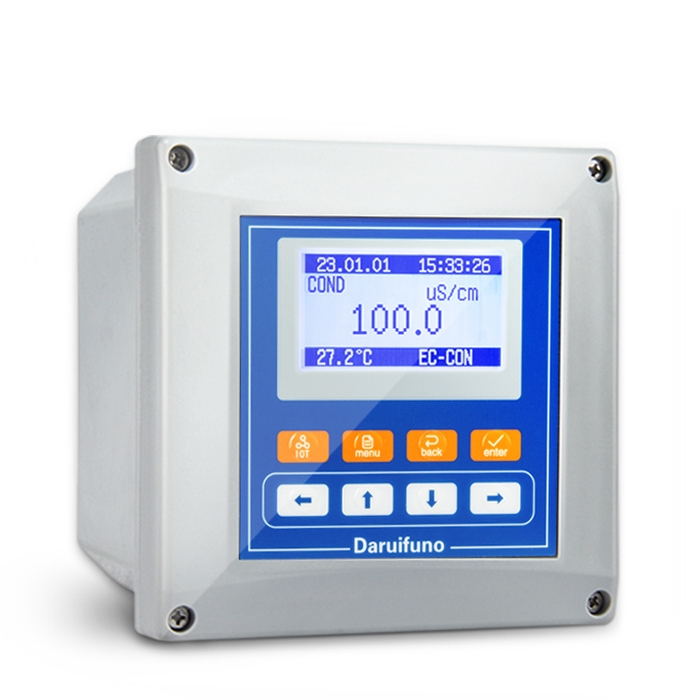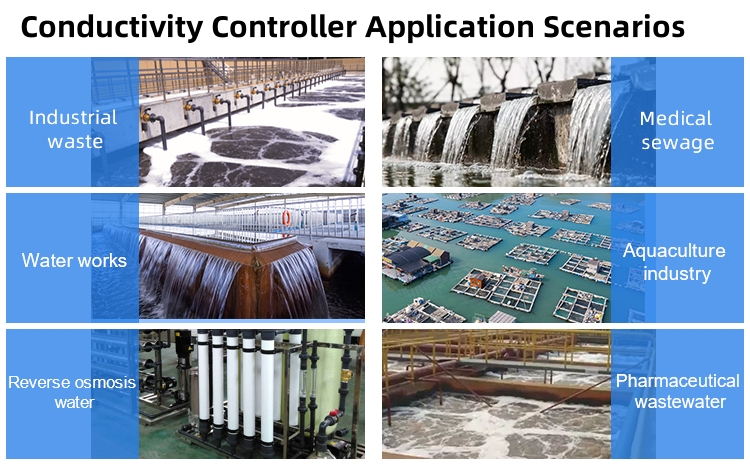First, the protective atmosphere for heat treatment. Magnesium alloys have a high ignition point in air, typically above 400°C. However, the likelihood of combustion also depends on the size and shape of the material. Therefore, when the solution treatment temperature exceeds 400°C, a protective atmosphere must be used to prevent oxidation and potential combustion of the casting surface. Common protective gases include nitrogen, argon, and carbon dioxide, as shown in Table 13-7. Noble gases like helium can also be used, but due to their high cost and limited practicality, they are rarely employed in industrial settings. Instead, most plants use pyrite or other more cost-effective options. Second, quality control during heat treatment is crucial. The heat treatment should be conducted in a furnace with controlled air circulation, typically using electric heating. During solution treatment, the furnace must be sealed and filled with protective gas (such as CO₂, SO₂, or SF₆). It should have an inlet system to introduce the protective atmosphere. The furnace must be equipped with sufficient thermocouples to monitor temperature accurately and continuously. The heating elements should be shielded to avoid localized overheating from radiation. The casting furnace temperature is another important factor. For Mg-Al-Zn alloys like ZM5 and ZM10, the solution treatment should begin near 260°C before gradually increasing to the desired temperature. This prevents the eutectic compounds from melting and forming porosity. The time required to reach the solution temperature depends on the load, chemical composition, size, mass, and section thickness of the casting. A typical duration is around 2 hours. Aging treatment is usually carried out at the processing temperature. Temperature control during heat treatment is essential, as the furnace temperature must be uniform, accurate, and well-sealed. The maximum allowable deviation for solution temperature is ±5°C. Controlling deformation during heat treatment is also critical. Magnesium alloy castings lose rigidity at solution treatment temperatures, which may lead to warping due to stress release or their own weight. Warpage is influenced by the casting's size, shape, and cross-sectional thickness. To minimize distortion, support methods or proper placement on the heat treatment rack should be used. In some cases, special fixtures are necessary to maintain the casting’s shape. These precautions do not eliminate thermal cycles around the casting, however. Even with these measures, some castings may still require correction after solution treatment. This is typically done before aging. The quenching medium for magnesium alloy castings is usually still air. Artificial airflow is used only for thick or heavy sections. Some ZM6 alloy castings may be quenched in water at 60–95°C to improve mechanical properties. Common heat treatment defects and their elimination methods are listed in Table 13-8. Post-weld heat treatment is performed to relieve stress and restore the mechanical properties of the weld zone. Most magnesium alloys can be repaired in any heat treatment state, but ZM5 and ZM10 should be solution-treated before welding to prevent abnormal grain growth. Stress relief at 260°C for one hour is recommended for Mg-Al alloys that don’t require solution treatment after welding to avoid stress corrosion and cracking. The welding electrode composition must match the casting’s composition. Safety is a major concern during magnesium alloy heat treatment. Combustion can occur once molten metal forms, releasing significant heat and potentially leading to further melting and ignition. Fine particles and dust are particularly hazardous, as they can easily catch fire or explode. Machining and cutting operations produce large chips, which, if heated above the ignition point, can ignite. Before heat treatment, the workpieces must be cleaned of dust, burrs, oil, and other contaminants, and kept dry. They should be treated with chromate or blown with sand prior to furnace installation. The furnace itself must also be clean and free of contamination. Scale should be removed and the furnace thoroughly dried. Only one type of alloy should be placed in the furnace at a time, and the heating temperature must strictly follow the recommended specifications. Since the solution treatment temperature is close to the solidus point, any area exceeding this temperature may cause ignition. To reduce this risk, the protective atmosphere content must be maintained. When using sulfur dioxide, its concentration should not exceed 1.0% to avoid damaging the heater resistance wire. Strict adherence to safety procedures, as outlined in Table 13-9, helps prevent fires. If equipment malfunctions or mistakes occur, the casting may ignite inside the furnace. Signs of combustion include white smoke and a rapid temperature rise. At this point, the furnace should be powered off immediately, and other furnaces should also be de-energized if needed. If the fire is small, the furnace door can be opened, and the casting removed quickly with dry sand or flux. If the fire is intense and the casting cannot be removed, the furnace door should not be opened. Instead, all openings should be sealed to starve the fire of oxygen. Once the temperature drops to 250–300°C, the lid can be opened, and the casting removed. Individual castings can be extinguished with non-reactive agents such as graphite powder, dry sand, or unoxidized dry cast iron. Water must never be used to extinguish magnesium fires. Foam, dry powder, or carbon dioxide extinguishers are ineffective and may even cause explosions. Magnesium fires can only be controlled by smothering them with materials that do not react with the burning metal. Safety glasses should be worn when fighting magnesium fires to protect against intense white light that can damage the eyes. Finally, assessing the effectiveness of heat treatment involves evaluating hardness, tensile properties, and microstructure. Brinell hardness testing is commonly used, though it serves more as a reference. Tensile tests provide a more accurate evaluation, using specially prepared samples. Microstructural analysis involves examining the residual compounds, precipitates, grain size, and pore fusion in the alloy. Digital Conductivity Controller Digital Conductivity Controller (transmitter) is an advanced device designed for digital online monitoring and control of solution conductivity. It ensures optimal water quality in a variety of applications. Conductivity is the ability of a solution to conduct electrical current, directly linked to the concentration of ions within the liquid. Monitoring conductivity is critical in water treatment, chemical processing, and environmental management, as it provides insights into the electrolyte content and ion concentration of solutions. Conductivity monitoring is essential to ensure water quality and maintain process efficiency. It helps: Digital Conductivity Controllers are equipped with cutting-edge features, including: These controllers are versatile tools used across various industries: As a trusted manufacturer specializing in Digital Conductivity Controllers and Transmitters, Daruifuno provides innovative solutions for diverse water quality applications. Our products are designed to deliver precision, reliability, and ease of use, meeting the evolving needs of industries worldwide. Contact us today to learn how we can enhance your water quality monitoring efforts. Digital Conductivity Controller,Digital Conductivity Transmitter Suzhou Delfino Environmental Technology Co., Ltd. , https://www.daruifuno.comOverview

Understanding Conductivity and Its Importance in Water Quality
Why Monitor Conductivity?
Key Features
Applications

Conclusion